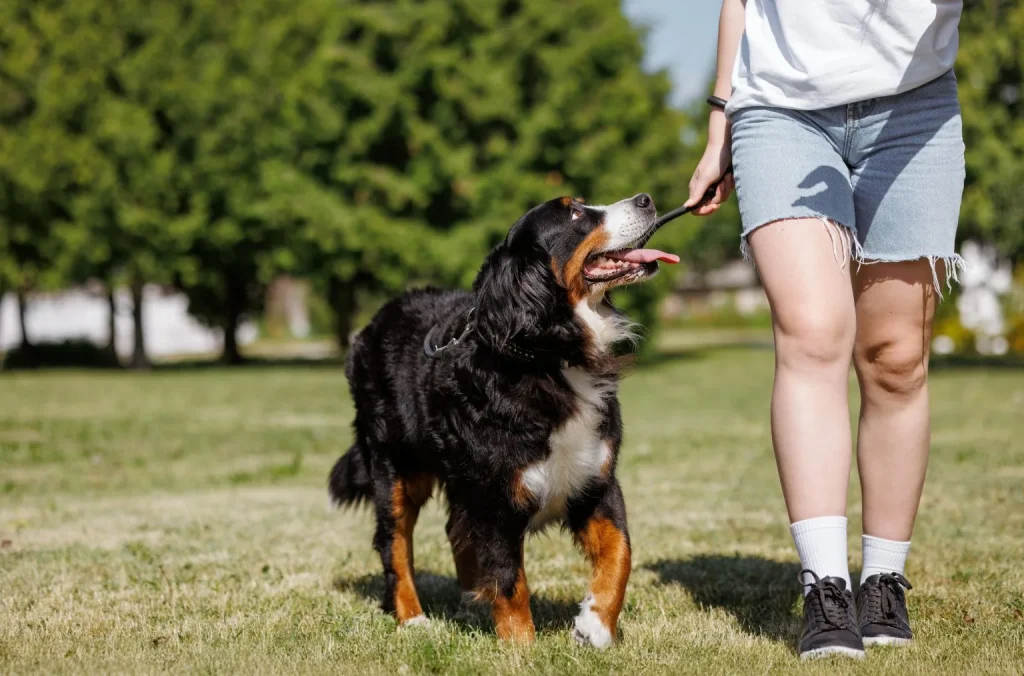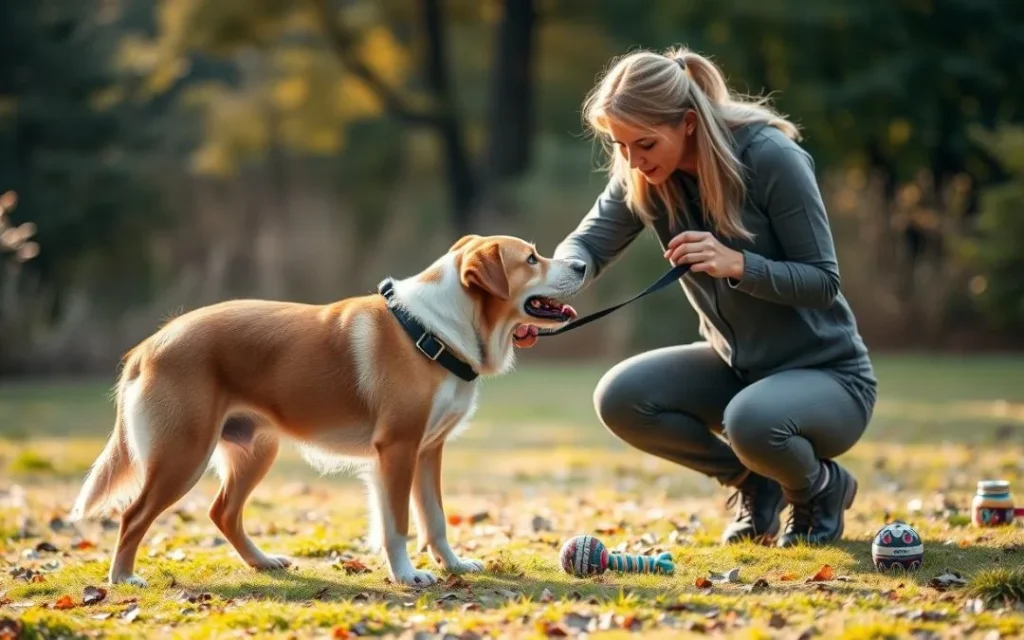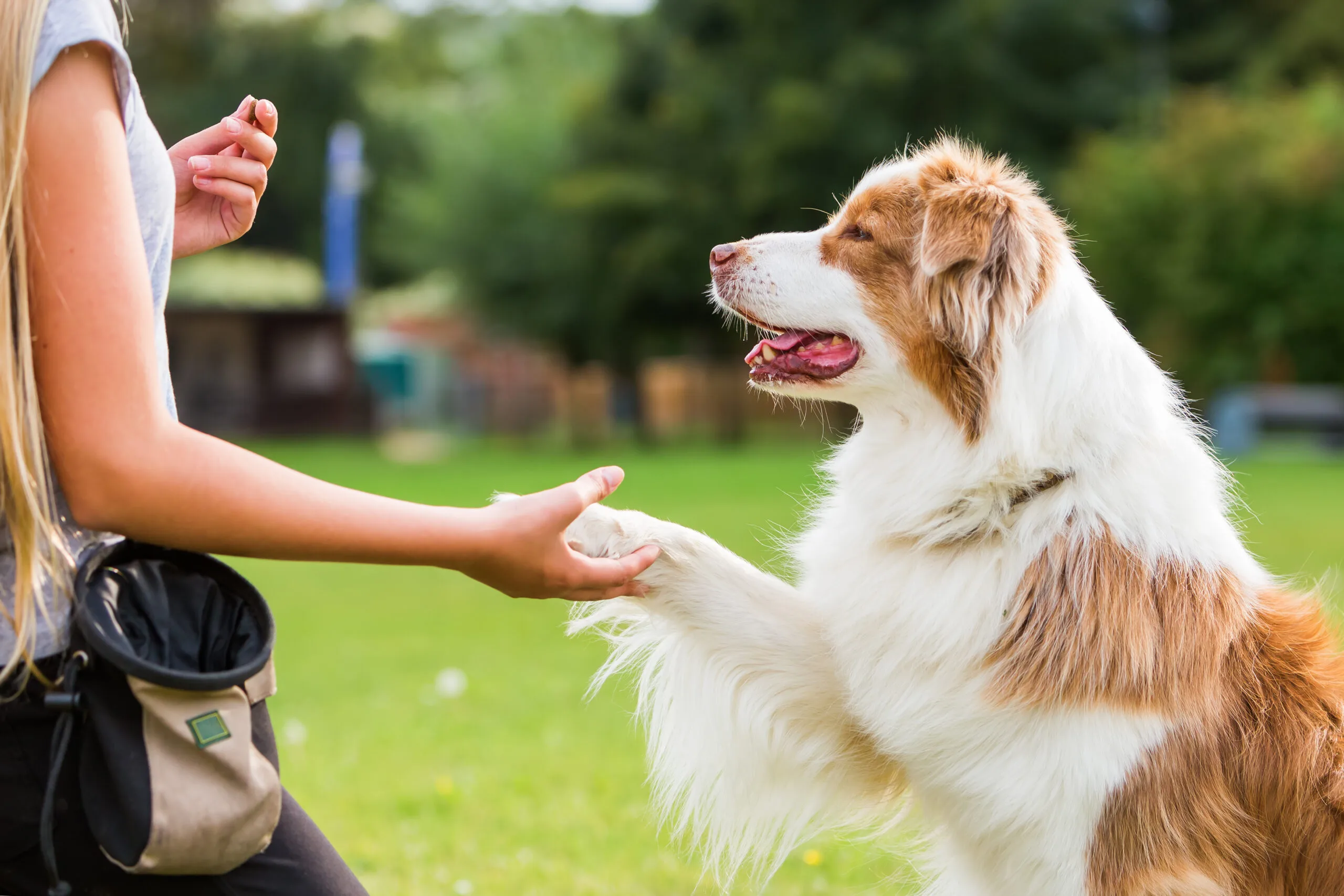Is your dog’s barking, chewing, or leash-pulling leaving you stressed? You’re not alone! Many dog owners face these challenges, but here’s the good news: there’s a fun, gentle way to tackle bad habits using dog behaviour training methods that tap into your pup’s natural intelligence.
In fact, a well-rounded training approach can transform chaotic moments into harmonious ones—often faster than you think. If you’re ready to address stubborn behaviors and form a deeper bond with your best friend, consider exploring Brain Training for Dogs. Backed by science, this program reveals how harnessing your dog’s mental capabilities can create lasting improvements in behavior.
Why Brain Training Works in Dog Behaviour Training
When dogs act out—be it incessant barking, chewing your favorite shoes, or ignoring commands—it’s often because they’re under-stimulated or anxious. Conventional obedience lessons sometimes focus on rote commands without addressing the underlying needs of a dog’s mind.

Here’s where brain training comes into play:
- Mental Stimulation: Engaging puzzles and interactive games help calm hyperactivity.
- Confidence Building: Dogs that successfully solve challenges feel more secure and exhibit fewer fear-based behaviors.
- Deepened Bond: Positive, playful sessions strengthen communication between you and your dog.
Utilizing these principles, “Brain Training for Dogs” takes a gentle approach, reinforcing good habits instead of punishing bad ones. This aligns perfectly with modern dog behaviour training philosophies focused on nurturing trust and emotional wellbeing.
Key Components of Effective Dog Behaviour Training
1. Positive Reinforcement
- Reward Good Choices: Whether it’s a small treat or a cheerful “Good job!”, positive feedback motivates dogs far better than scolding.
- Consistency: Reward the same desirable actions each time to reinforce learning.
2. Clear Communication
- Simple Commands: Keep instructions short and clear (“Sit,” “Stay,” “Come”).
- Body Language: Dogs read your posture and expressions, so stay relaxed and confident.
3. Incremental Challenges
- Start Small: Begin with simple tasks to build your dog’s confidence.
- Increase Difficulty Gradually: Once they master one level, move on to more advanced games (like hide-and-seek or puzzle toys).
These foundational steps ensure your furry friend remains engaged, relaxed, and eager to learn.
Mid-Article Boost: Explore Brain Training for Faster Results
If you want to see real transformations without guesswork, it may be time to delve deeper into a specialized method. Adrienne Farricelli’s program is packed with videos, step-by-step modules, and troubleshooting tips for everything from nipping to leash pulling. It’s a comprehensive blueprint for more advanced dog behaviour training techniques, and many dog owners report noticeable improvements in days or weeks rather than months.
Practical Tips for Everyday Training
Whether you use a formal program or DIY your dog’s education, consider these quick tips to keep sessions productive. You can also explore Dog Training Tips, Techniques, and Best Practices for more effective methods to improve your dog’s obedience.
- Short Sessions, Frequent Breaks
- Focus on 5-10 minute bursts of training. Dogs have short attention spans, and shorter sessions keep them motivated.
- Incorporate Play
- Use toys and fun cues to teach commands. This transforms training into a bonding game rather than a chore.
- Stay Calm and Confident
- Your energy rubs off on your dog. If you’re tense or frustrated, they’ll sense it and become stressed too.
- Praise Progress
- Even slight improvements deserve positive recognition. Encouragement goes a long way toward cementing new behaviors.
Long-Term Benefits of Dog Behaviour Training

- A More Relaxed Home: Say goodbye to chaos and hello to peaceful nights.
- Strengthened Relationship: Positive interactions create loyalty and affection.
- Greater Social Ease: Properly trained dogs are less reactive around strangers or other animals.
- Lasting Obedience: When mental needs are met, dogs naturally follow commands more reliably.
By investing time and effort into dog behaviour training, you’re setting up a lifetime of mutual trust, affection, and harmony. It’s not just about stopping bad habits; it’s about giving your dog the mental engagement they crave.
Ready to Elevate Your Dog’s Training Journey?
For a holistic, science-based system that addresses the root causes of unwanted behavior, consider Adrienne Farricelli’s “Brain Training for Dogs”.
- Comprehensive Modules: From puppy basics to advanced challenges.
- Gentle Methods: Force-free approaches that build positive associations.
- Adaptable to All Breeds: Whether you’ve got a toy poodle or a giant breed, the techniques are flexible and proven.
Conclusion: Discovering a Better Way to Train
Dog behaviour training is more than following a list of commands. It’s a meaningful journey that enhances every aspect of your dog’s life—and yours too. By focusing on mental stimulation, consistent communication, and positive reinforcement, you’ll see a marked change in your dog’s overall demeanor.
And if you’re looking for a fast-track solution with professional insights, don’t hesitate to explore “Brain Training for Dogs”. You might be amazed at how much potential your four-legged companion truly has.
Remember, every dog has hidden intelligence waiting to be unlocked. With patience, love, and the right approach, you’ll soon enjoy a calm, obedient dog who’s an absolute joy to be around. Here’s to a happier, healthier relationship for both you and your best friend!
Last Updated on February 22, 2025 by furryadminblog

